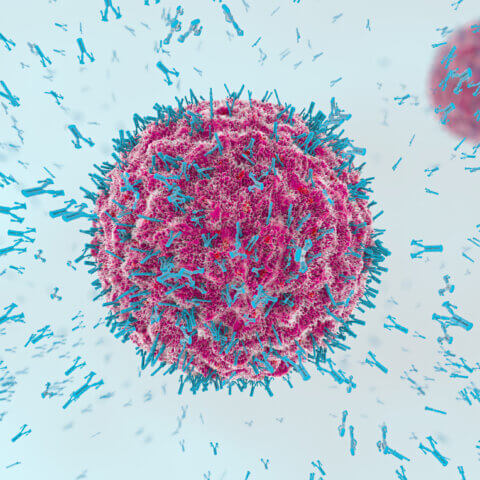Last Updated: June 13, 2024, 4 pm UTC
As a cornerstone of the drug development process, nonclinical investigational new drug (IND)-enabling studies are essential for supporting first-in-human (FIH) dosing for novel therapeutics. High-quality IND-enabling studies demonstrate that a drug is reasonably safe for use in humans and that it exhibits sufficient pharmacological activity to justify further development, ensuring the highest probability of transitioning to the clinic. While the type, number, and design of these studies vary based on product-specific characteristics, IND-enabling packages submitted to the FDA generally include key information about the pharmacology, pharmacokinetics, and toxicology of the product.
In this blog post, we outline typical elements of an IND-enabling package for a single ascending dose (SAD)/multiple ascending dose (MAD) study of an oral small molecule for a non-cancer indication with a maximum of 14 days of dosing.
Pharmacology
A typical IND-enabling package includes information on the primary, secondary, and safety pharmacology of the drug. Primary pharmacology examines the on-target effects on the drug such as receptor binding. Secondary pharmacology evaluates the off-target effects of the drug on other receptors, ion channels, and enzymes. Safety pharmacology may involve either standalone studies or studies integrated with good laboratory practice (GLP) toxicology to determine the effect of the drug on crucial organ systems. For standalone studies, safety pharmacology assesses the central nervous and respiratory system effects of the drug in rodents and the cardiovascular effects, with a combination of an in vitro human ether-a-go-go-related gene (hERG) assay and an in vivo study in canines. All these studies need to be performed under GLP.
Pharmacokinetics
Pharmacokinetics examines the absorption, distribution, metabolism, and excretion properties of a drug. Pharmacokinetic evaluation begins with the development and validation of analytical methods for dose formulations and any bioanalytical assessment, all of which should be done under GLP for pivotal safety studies. Pharmacokinetic studies should include in vitro plasma stability and protein binding assays, as well as in vitro metabolism. They may also include other studies as needed or deemed to be beneficial for the current state of development, such as a cytochrome P450 (CYP) and transporter assessment, metabolic profile, or blood compatibility study for intravenous products.
Toxicology
Toxicological studies typically include in vitro genotoxicity and in vivo repeat dose toxicity. Genotoxicity studies evaluate bacterial mutagenicity, using the Ames test, and in vitro mammalian chromosomal damage. Repeat dose toxicity requires range finding studies in both rodents and non-rodents prior to initiating GLP toxicology studies. In this example, these studies would comprise 14‑day studies in both rodents and dogs, including toxicokinetic (TK) analysis and, optionally, recovery groups. Other toxicological analyses to consider include local tolerance and immunotoxicity, both of which can be included in the repeat dose toxicity study, and photosafety, performed in accordance with the International Council for Harmonisation’s (ICH’s) S10 guidance.
Planning for IND-Enabling Studies
IND-enabling studies can be time-consuming, so early preparation is critical. Determining upfront where a clinical trial application will be filed—with the FDA, the European Medicines Agency (EMA), and/or other regulatory agencies—ensures that the planned studies fulfill the requirements of all relevant agencies. It also creates the opportunity to schedule pre-submission meetings with regulatory authorities to get feedback on the proposed studies.
IND-enabling studies are critical for transitioning promising drugs to the clinic, and every IND-enabling program is different, depending on the investigational molecule, indication, route of administration, dose, and duration of treatment. Preparing for these studies as early as possible and getting input from a regulatory toxicologist helps ensure that they meet the expectations of regulators for moving into FIH trials.

 Webinar
Webinar 


 Perspectives Blog
Perspectives Blog 